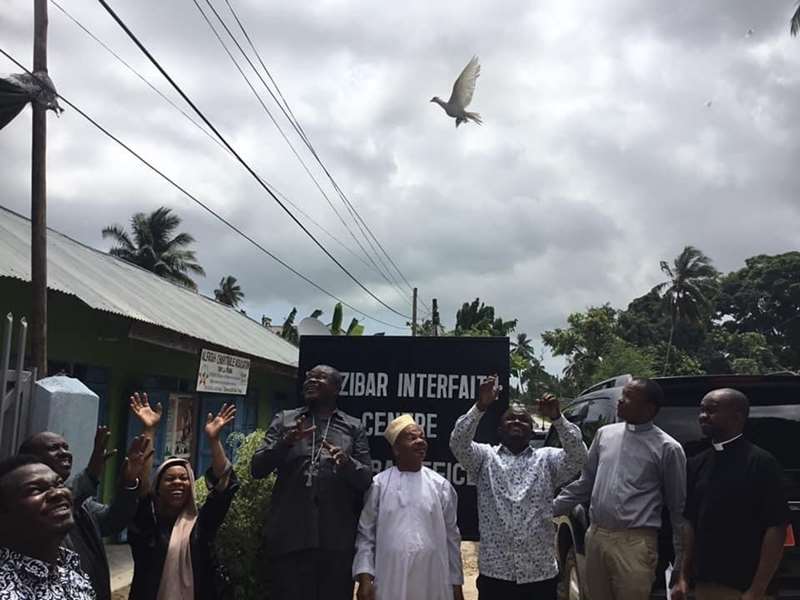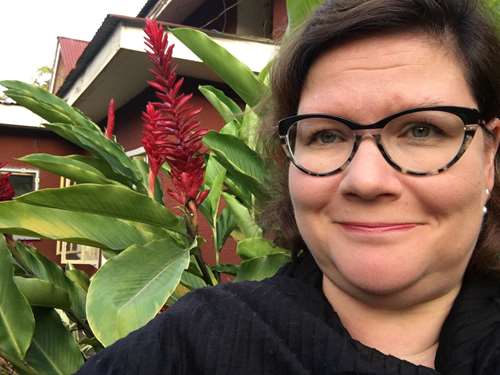Blogg-liste
Make it personal and build a conflict culture
Conflicts aften often portrayed resulting from cultural identities, largely formed by religions. Simultaneously, all major religions speak about peace. Religious actors may play a role in either contributing to violent conflict or in promoting understanding and reconciliation.

They can also help to build a conflict culture, where conflicts are resolved peacefully, through dialogue. Where I have seen faith leaders from diverse backgrounds bonding and building a sense of community, they have been able to go beyond tokenistic and ceremonial collaboration. Making it personal has also made them be at ease with their differences and discovering a larger scope for their collaboration than the issues which divide them.
Interfaith dialogue
In Tanzania, interfaith dialogue between Muslims and Christians has become an important avenue for not only peacebuilding but also for mobilizing capacities of the faith communities for social progress. The faith leaders, working together and through faith-based organizations and faith communities, have mobilized village banks and agricultural production groups and have promoted transparency and accountability through public expenditure tracking committees. Together, they seek to change harmful cultural and religious norms and fight gender-based violence. Their collaboration through interfaith committees has resulted in ground-breaking advocacy on extractive industries and health policies alike. Through these activities they have built social relations between each other but also within communities. Trust and sense of belonging has enabled faith leaders become peacebuilders. The process of building these bridges is still to continue.
Religious peacebuilding
Religious peacebuilding can play a big role in resolving and transforming conflict, strengthening social relations and nonviolence. Some of the important methods of religious peacebuilding include sharing holy scriptures, creating shared understandings based on better understanding of other faith traditions and understanding issues of agreement and division. These help the faith leaders to assume their responsibility in bridging divisions and using their moral authority for peace and tolerance. And as the participants get to know one another, they engage with each other not just as representatives of institutions or owners of doctrine, but as human beings, as colleagues, even friends.
From the Tanzanian experience it has been important to reach beyond dialogue between leaders. The communities where the faith actors operate struggle with many issues ranging from solving community conflicts to bringing daily bread to the table of families. People turn to their faith and community leaders for solutions and help. Being able to engage tangibly and bring solutions to community level problems, together, has been important to the Tanzanian faith leaders in their interfaith engagement. Their points of agreement are translated into socially progressive action which bring more equity and is meaningful to the communities. And when the community members see their faith leaders working together it in turn strengthens the community’s trust to one another and their sense of belonging with one another.
Building equity draws on the spiritual values, faith traditions and spiritual practises but also on needs and perspectives of religious groups and the community at large. It is important to do a careful, collective analysis to really understand what the root causes are to be addressed, and not to address symptoms only. There may be also unintended negative consequences unless one carefully analysis the diving factors. Also, the actors involved with faith-based structures need to carefully read not only their doctrine, but also analyse their internal hierarchies and the contextual issues impacting to their positioning in the society. It is also important to “cross-fertilize” faith actors with other secular actors and their capacities and resources. The leverage and reach of the faith actors with the technical skills and competence of other actors combined can make miracles at the lives of people! It is similarly important to ensure that the engagement in the interfaith engagement is growing increasingly inclusive. Dedicated strategies are needed to involve women and youth of faith.
Dialogue enables us to think, dream and work together
In a recent gathering of the faith leaders from Sudan and Zanzibar I heard a faith leader saying: “I was always against interfaith engagement. What do we have to do with one another? I was against it, as I was not included, and I did not understand it. But as I was invited to attend, I started to listen, and I learnt. Now I am the biggest advocate for it.” He had engaged in an interfaith dialogue from which he had emerged irrevocably changed.
While to be effective the interfaith approach does require that personal approach of bonding and enabling participants to be moved and touched, there is simultaneously also a risk, that the circles of the engaged remain small. Those who have already “bought” working together will continue to work together and deepen their relationships while unintentionally not widening the circles and engaging those who would benefit from the exposure to the dialogue. It continues to be important to widen the circles and expose as many as possible to the dialogue which enables us to think, dream and work together. The new participants will be able to contribute to the building of a conflict culture which is durable and commonly owned.

